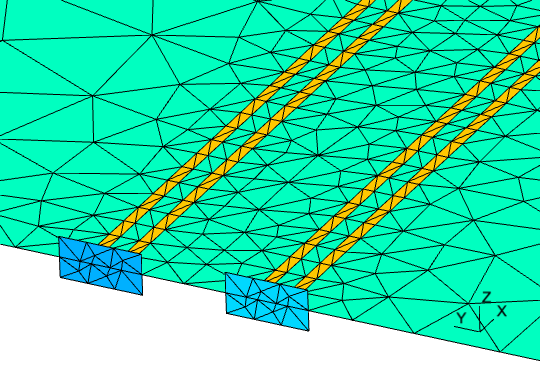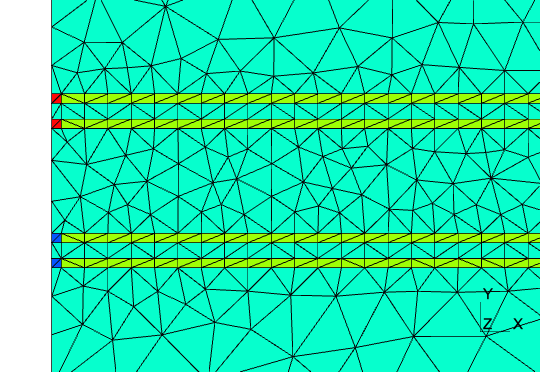Z. Stanojevic, F. Schanovsky, G. Rzepa, X. Klemenschits, H. Demel,
O. Baumgartner, C. Kernstock, and M. Karner
Is there anything left to do in TCAD?
SISPAD in Grenoble, Sept. 24 2025
https://sispad2025.inviteo.fr/
1. Global TCAD Solutions GmbH., Bosendorferstraße 1/12, 1010 Vienna (A)
Abstract: Over the past decade, the development of commercial technology computer-aided design (TCAD) software has followed an evolutionary rather than revolutionary path. Alongside established continuum and particle-based approaches in both process and device simulation, advanced carrier transport models - such as deterministic bulk and subband Boltzmann transport equation (BTE) solvers and non-equilibrium Green’s functions (NEGF) - have been incorporated into the TCAD toolkit for single-device simulation. At the system level, the field of design-technology co-optimization (DTCO) has expanded to encompass variability, reliability, and the extension of TCAD methodologies from devices to circuits. However, most of these innovations were introduced over a decade ago, prompting the question: What remains to be developed in TCAD? We address this question by analyzing current limitations and potential future directions in TCAD development across three key dimensions: (1) fidelity, (2) integration, and (3) efficiency - each with particular relevance in commercial and industrial contexts. We examine ongoing challenges in classical TCAD, advanced transport modeling, and DTCO flows, and point to potential directions for future developments. Among these, we include various methodologies related to machine learning and hardware accelerators, particularly within the efficiency dimension.
FIG: Device 3D structure generated from a layout (GDSII) and a technology file









